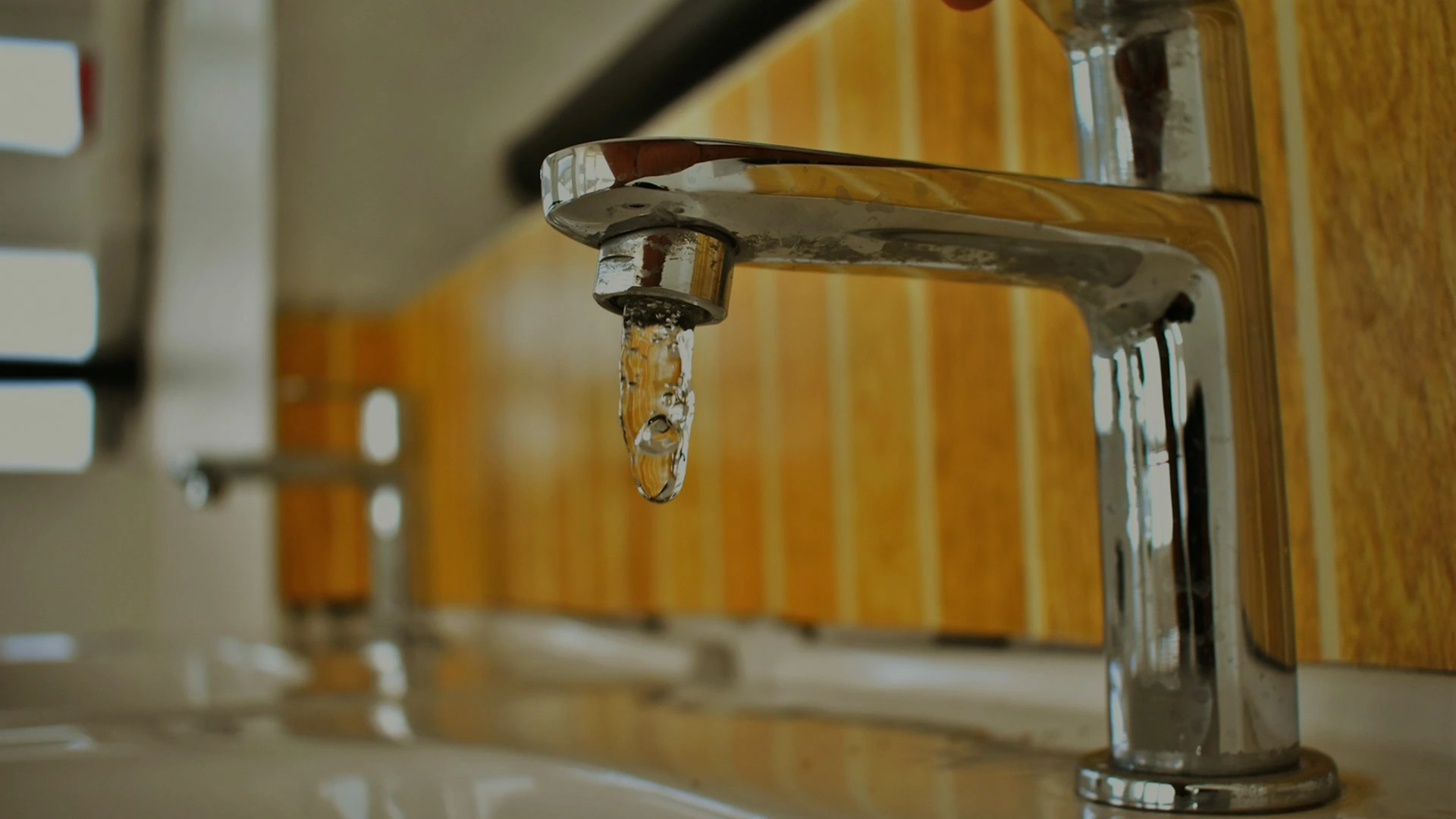
Frozen Pipe Burst






Request a Quote Today

What To Do If A Frozen Pipe Bursts
1. Locate the main water shut-off valve for your home and turn it off. This will stop the flow of water to the pipe that has burst.
2. If the burst pipe is causing water to flood the area, try to contain the water as much as possible. You can use towels or buckets to soak up the water and prevent it from spreading.
3. If the water is coming from a hot water pipe, be cautious as the water may be hot and could cause burns.
4. If the burst pipe is in a location that is difficult to access, such as behind a wall or under a floor, you may need to help to repair the pipe. In the meantime, continue to contain the water as best you can.

6. Once the pipe has been repaired and the water has been cleaned up, take steps to prevent future pipe bursts, such as insulating your pipes, fixing any leaks, and maintaining the plumbing in your home.
How to Keep Attic Pipes From Freezing
• One of the most effective methods is to keep the temperature in the home above freezing, especially in areas where pipes are located, such as basements, attics, and crawl spaces. It is also a good idea to insulate any exposed pipes to keep them warm. If a cold snap is expected, it can be helpful to open cabinet doors to allow warm air to circulate around pipes under sinks, and to let faucets drip to keep water moving through the pipes.
• If a pipe does freeze, it is important to thaw it out as soon as possible to reduce the risk of it bursting. This can be done by applying heat to the affected area using a hair dryer, heating pad, or space heater. It is important to never use an open flame or propane torch to thaw pipes, as this can be dangerous and may cause a fire. If the pipe is inaccessible or the problem cannot be resolved, call Green Attic for assistance.


How To Avoid Pipes Freezing
✓ Draining exterior water lines to prevent pressure from building up.
✓ Insulating water pipes in unheated exterior walls, the basements or a crawl space.
✓ Using sleeve-type insulation to help keep interior pipes above 20 F.
✓ Keeping faucets open, even just a trickle, whenever temperatures are close to freezing.
✓ Using space heaters for uninsulated areas or during extreme cold snaps. If possible, close room doors after unplugging a space heater to keep areas warm longer.




















.svg)
.svg)
.svg)
.svg)
.svg)
.svg)
.svg)
.svg)
.svg)
.svg)
.svg)
.svg)
.svg)
.svg)

.svg)
.svg)
.svg)
.svg)
-1.svg)
.svg)
.svg)















